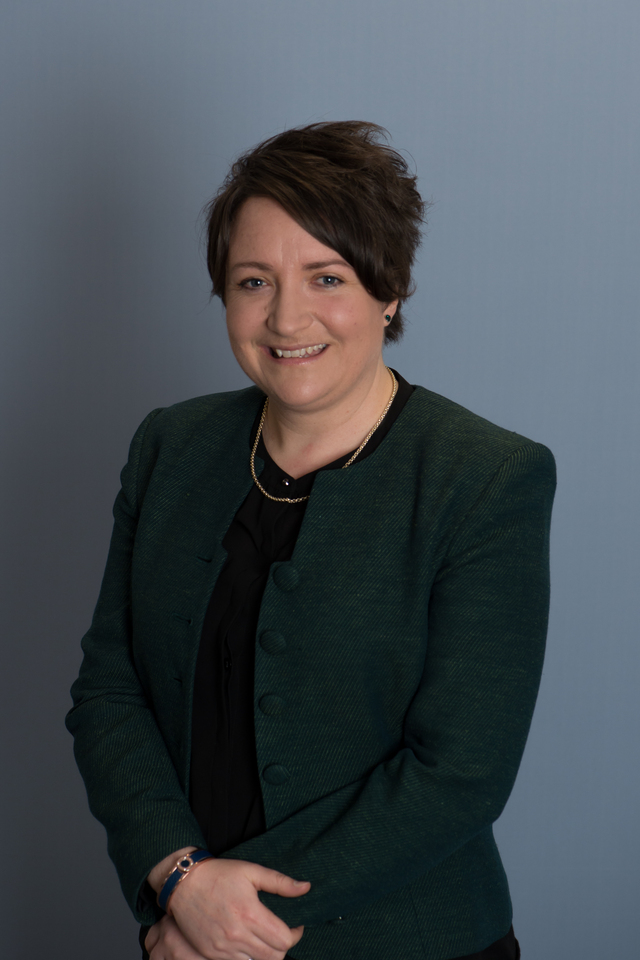
By Ethan Benedicto
Addressing the gender pay gap issue could be as deep as tackling foundational aspects of Australian society and culture, it’s been stated, following statistics revealed by the Workplace Gender Equality Agency.
While Casey Council’s Safe and Equal Casey strategic plan began in 2022, with the local government pledging to continue creating a safe and equal community, with these statistics further bolstering resolve for their strategic plan which is currently in its second phase.
According to the Workplace Gender Equality Agency (WGEA), Australia’s average gender wage gap is at 21.7 per cent, which means for every $1 a man makes, women earn 78 cents.
As for the employer wage gap data, 30 per cent of employers have a median gender pay gap between the target range of negative five per cent and positive five per cent.
However, 62 per cent of median employer gender pay gaps are over five per cent in favour of men.
Dr Claire Charles, a sociology professor from Deakin University said that “it’s really a reflection that we do live in a patriarchal society that is structured by men, for men”.
“Part of the issue comes when you decide that you’re going to make those spaces available to women now, and we’re going to give them laws and policies that say that we need to pay them equally.
“In sociology, we call that add-women-and-stir approach, that in order to make things gender equal you admit women into spaces that were previously dominated by men,” Dr Charles said.
While women are being integrated into male-dominated areas, Dr Charles added that historically, it has only been relatively recently that laws and policies relevant to gender equality have been put in place.
“What happens when you add women and stir, you’re still going to have the residual effect of all the cultures and practices, in the workplace that originally went with that patriarchal structure,” she said.
Callum Pattie, Casey’s connected communities manager said that the council is in its second year of implementing the Safe and Equal Casey strategic plan, which has a focus on gender equality and prevention against women.
With an end goal of 2032, the plan was “developed in consultation with local residents, community organisations and sector experts”.
“It outlines how council will deliver on its commitment to gender equality and prevent family violence by addressing the underlying drivers of violence,” he said.
While the council’s focus may be on violence, putting together a strong sense of togetherness through its eventual outcome echoes Dr Charles’ sentiments of targeting the foundations behind the gender pay gap.
Mr Pattie said that a focus of the first and second phases is building the foundations to apply an intersectional lens, which also began as an internal council campaign in 2022 called the Gender Equality Action Plan.
Another factor that needs to be considered, according to Dr Charles, is the cultural and social practices in our current society.
“There is significant pressure on people to sort of perform their gender ‘correctly’, so when you’ve got a culture that says women are more suited to nurturing or caring roles – since that’s the role of women in a patriarchal structure – they’re more likely to feel that’s how they need to act subconsciously.
“Often there are more women in jobs that are lower paid, jobs that are more caring and nurturing, such as teaching, nursing, aged care and also the lower levels of hospitality.
“As people grow up they might feel that they gravitate towards those roles, it’s not simply just a matter of choice, we’re choosing in a system we didn’t create and that puts us in positions and certain ways from the beginning,” she said.
Overcoming these aspects is a slow and tedious journey according to Dr Charles, but progress can begin in the workplace through continued support, where a primary example could be more help on child-caring responsibilities.
“Sometimes these things operate on an unconscious level, so they really need to be pulled out through programs around raising awareness in workplaces around these issues.
“There can be a bit of a club mentality in workplaces, and you can see that being talked about even in our Federal Parliament, and if that’s a safe space for women to work.
“It’s a slow process, but the only way to challenge that is to raise awareness around it,” Dr Charles said.
Casey’s second phase of its strategic plan sees them further connecting with the community regarding the overarching issue and also would potentially have the gender equality plan progress into the council’s internal policies, procedures and systems.






